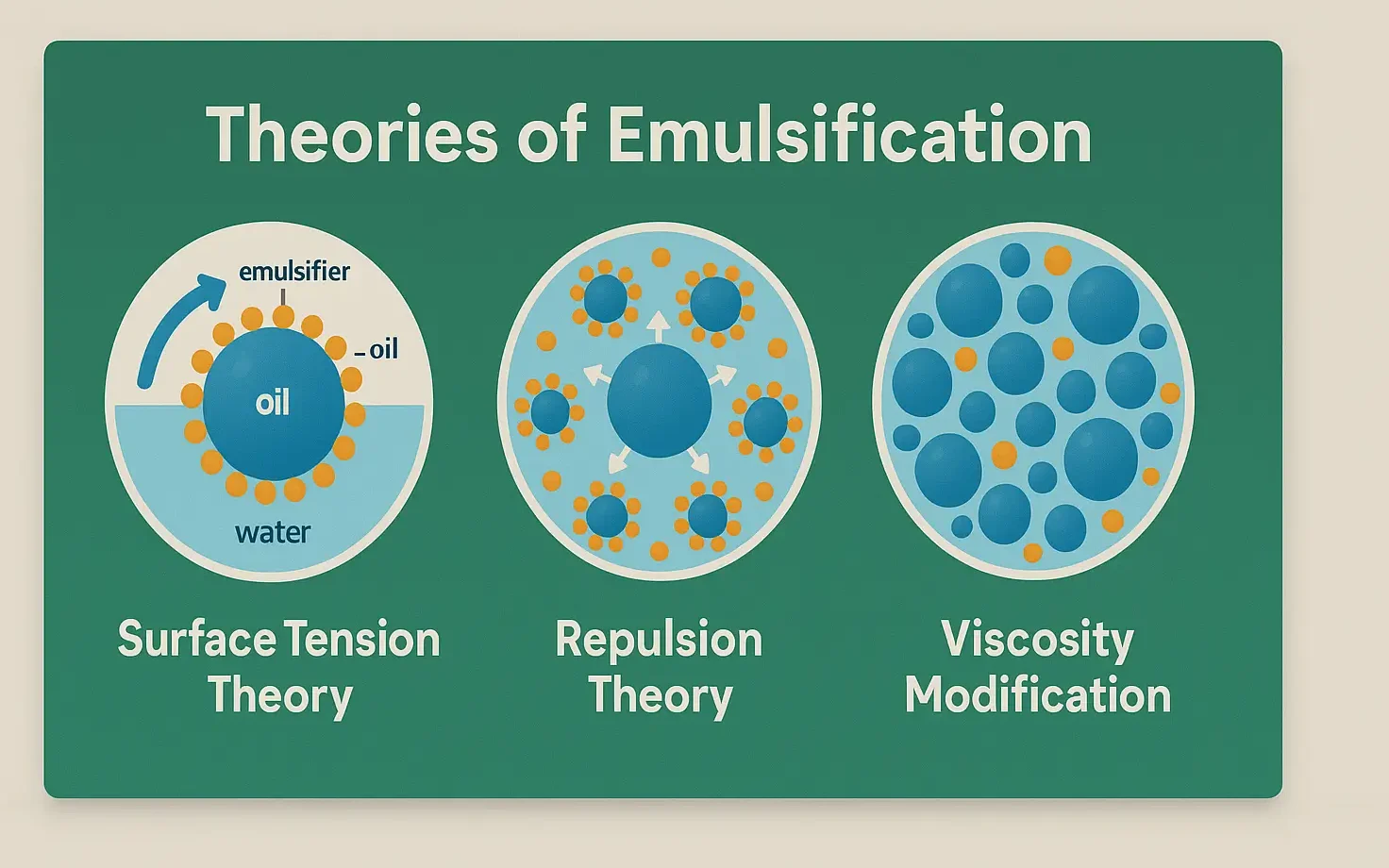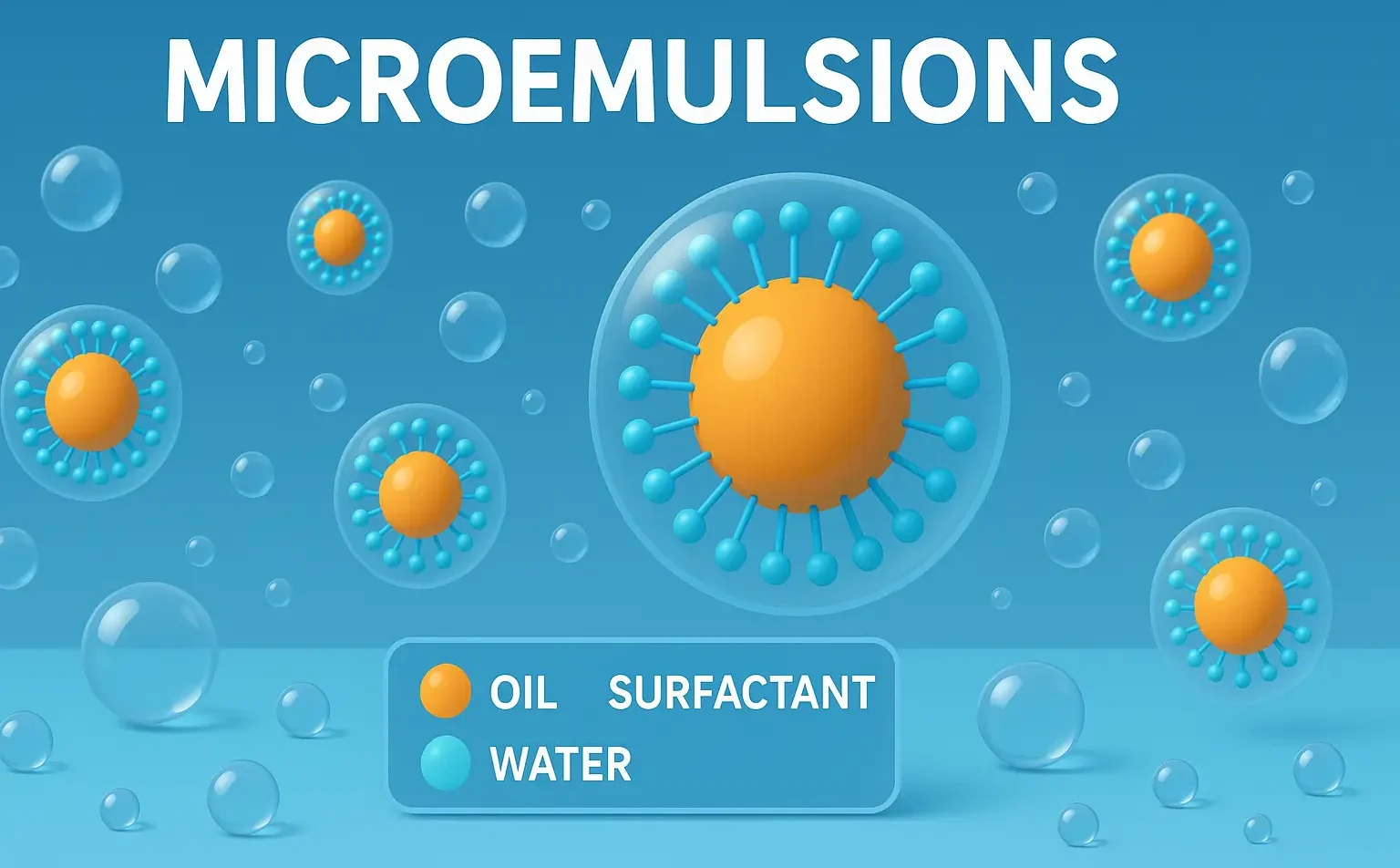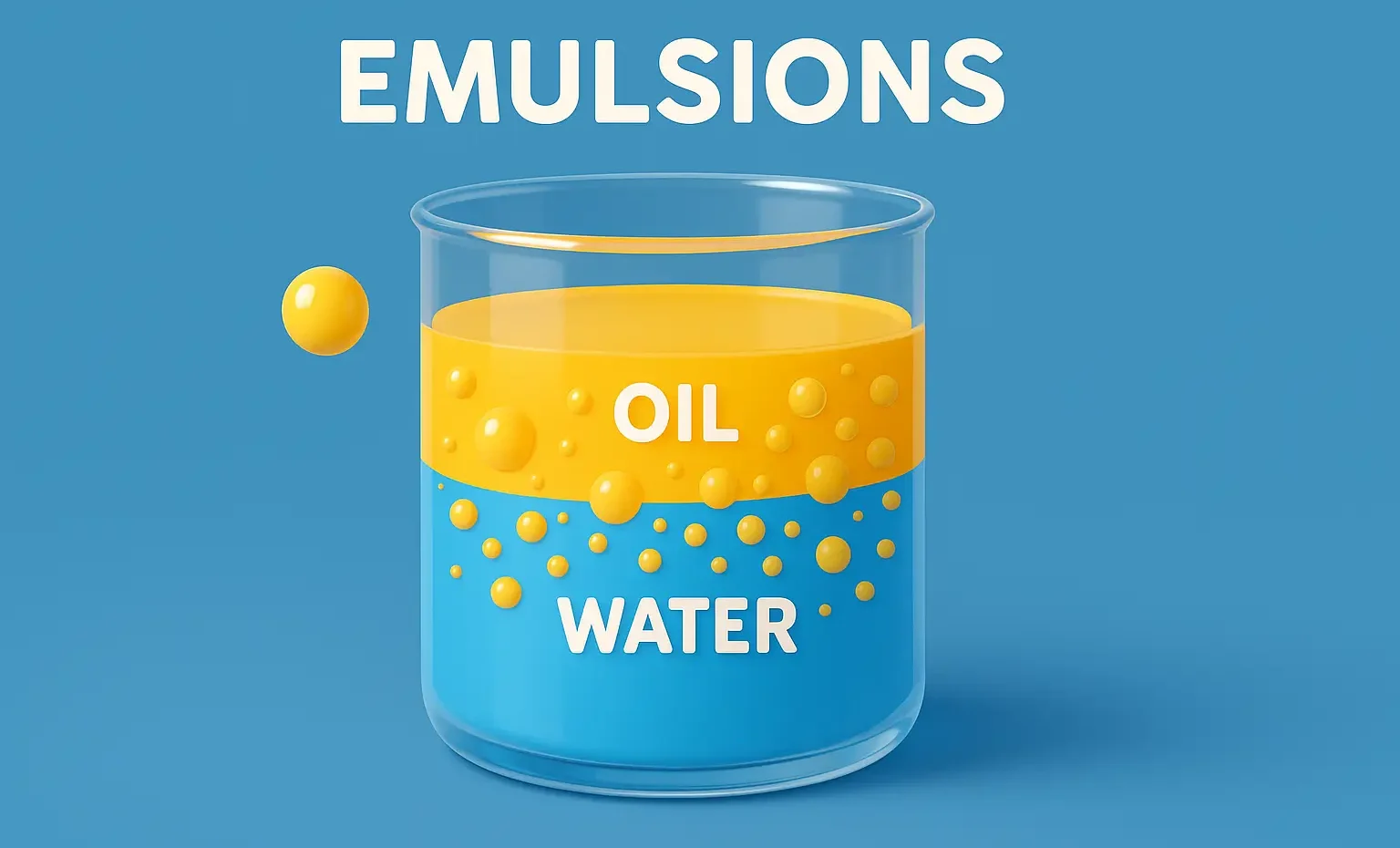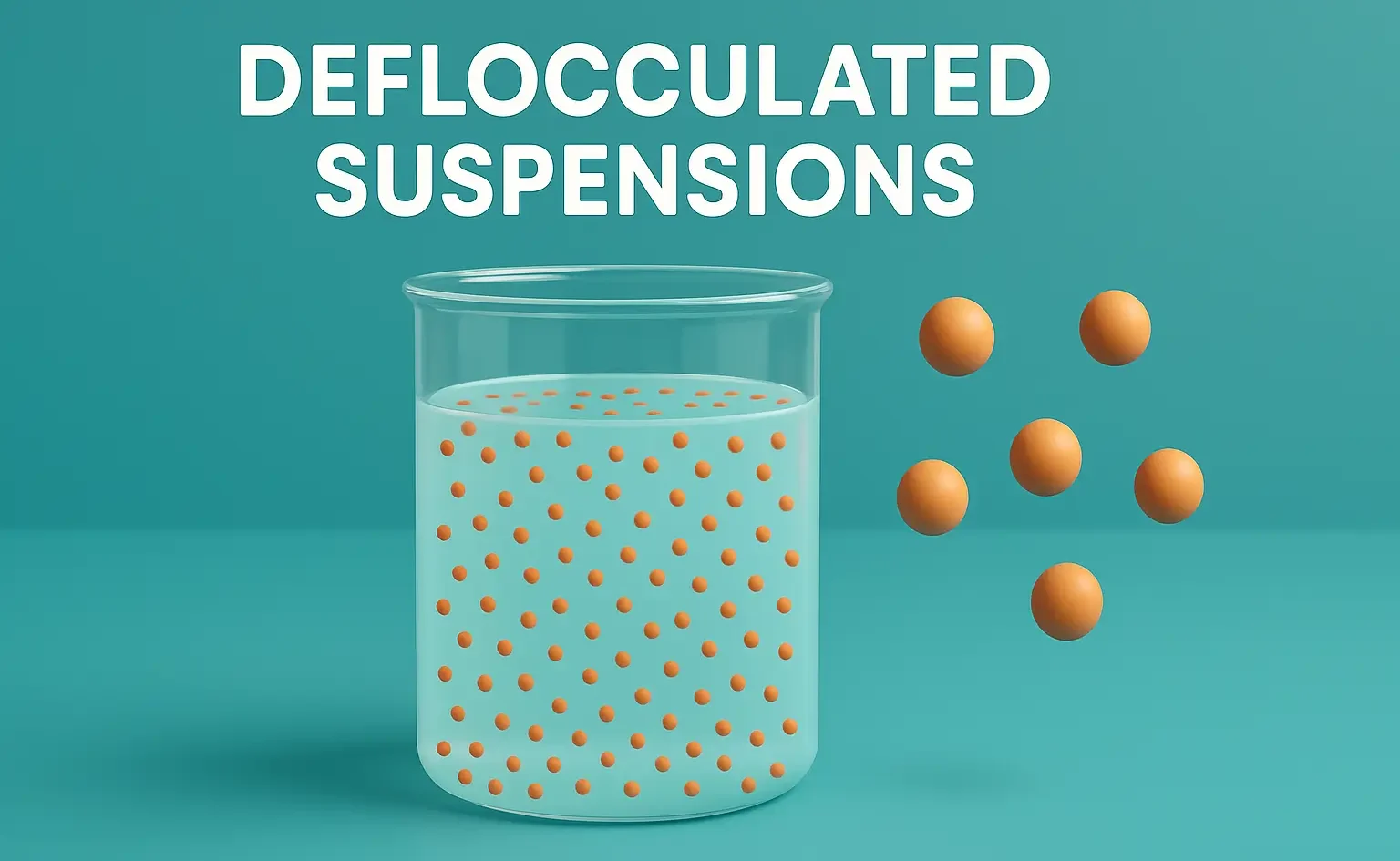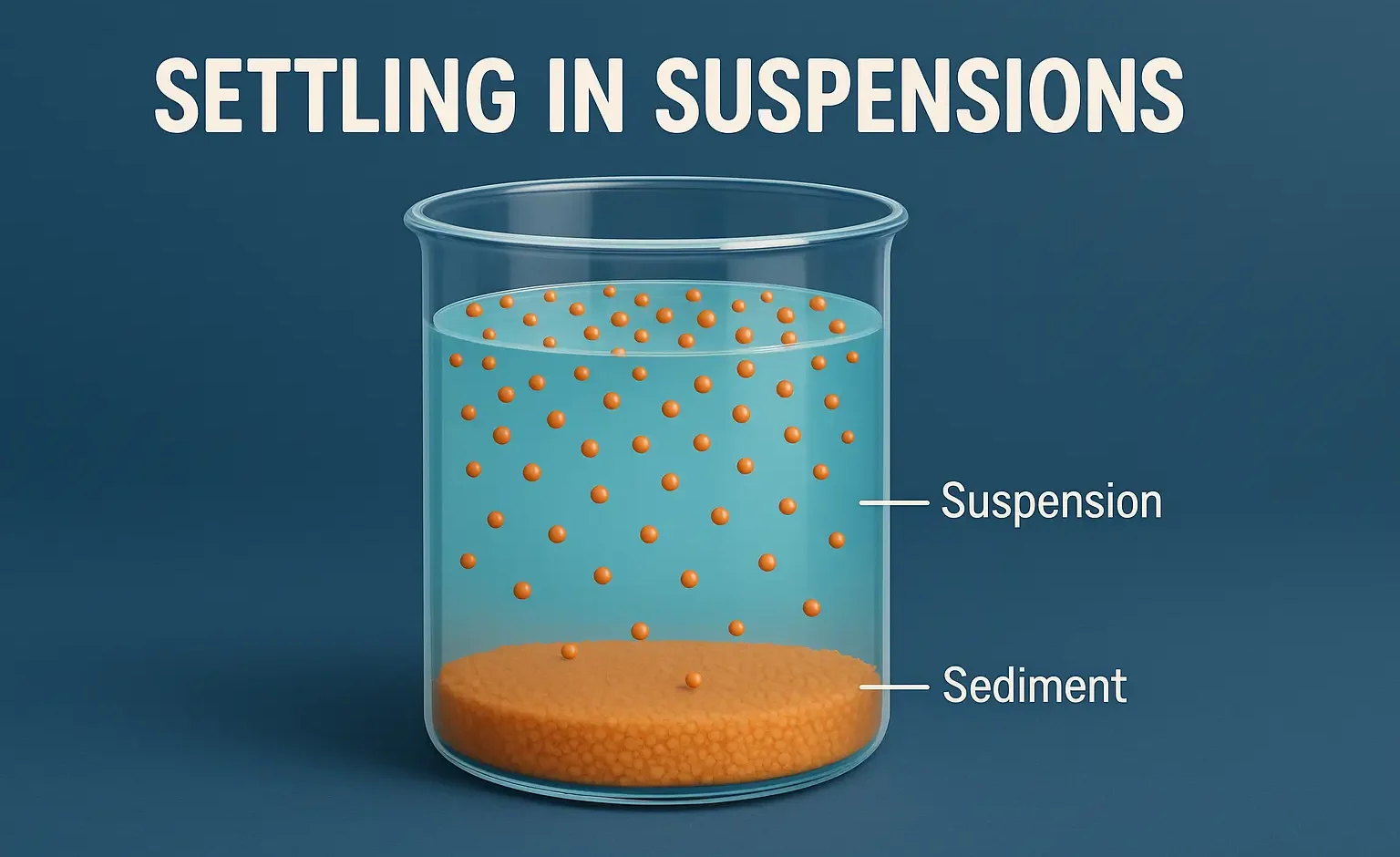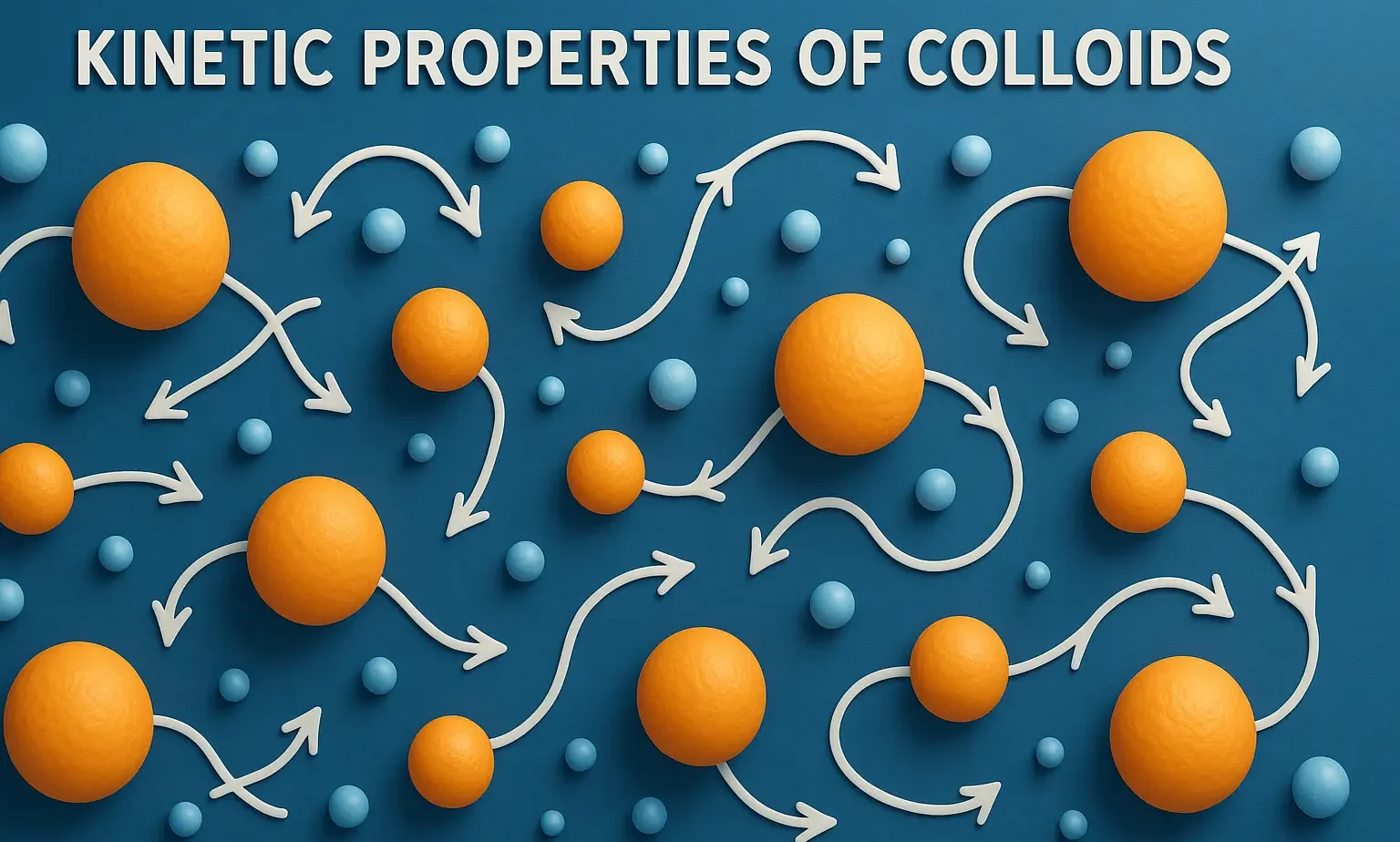Multiple Emulsions
Definition of Multiple Emulsions: Multiple emulsions are complex systems where emulsions exist within emulsions. Common types include: W/O/W: Water-in-oil-in-water O/W/O: Oil-in-water-in-oil Example (W/O/W): Internal water droplets are dispersed in oil droplets, which are further dispersed in an external water phase. Applications: Controlled and sustained drug release Masking taste or odor Targeted drug delivery Cosmetics and … Read more


